The Importance of Visual Storytelling in African Fashion
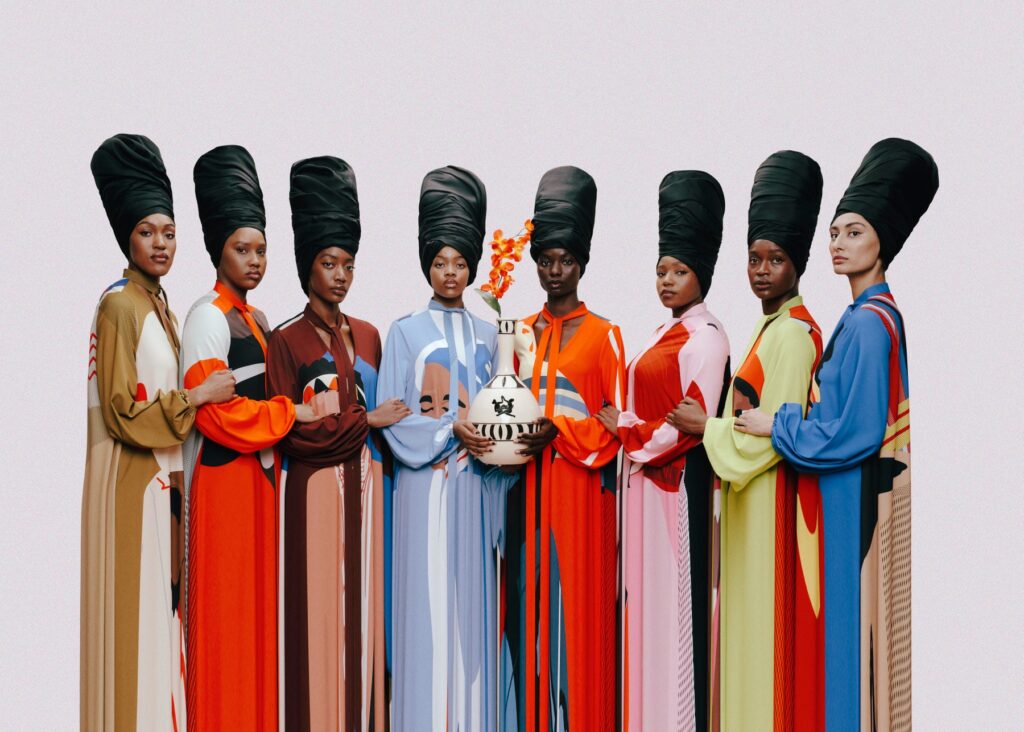
For Africans, fashion represents more than just clothing items. It is a means of individual and communal expression. It tells a story of time, place, and culture. This principle may present itself through a traditional Moroccan kaftan, which can be worn daily due to its breezy feel, or with a Nigerian aso ebi which is usually adorned at weddings in different colored prints and styles as each signifies the families.
Over the past few years, African fashion has transcended into a formidable industry and rapidly grown in terms of global cultural impact. Today, it is not uncommon to see people across the world sporting pieces from African-inspired, Amsterdam-based streetwear brand Daily Paper. 2021 saw Nigerian designer, Keneth Ize, launch his collaboration with the Maison Karl Lagerfeld, making him the brand’s first black collaborator. In a similar light, South African designers Lukhanyo Mdingi and Thebe Magugu, respectively, won the prestigious LVMH Prize.
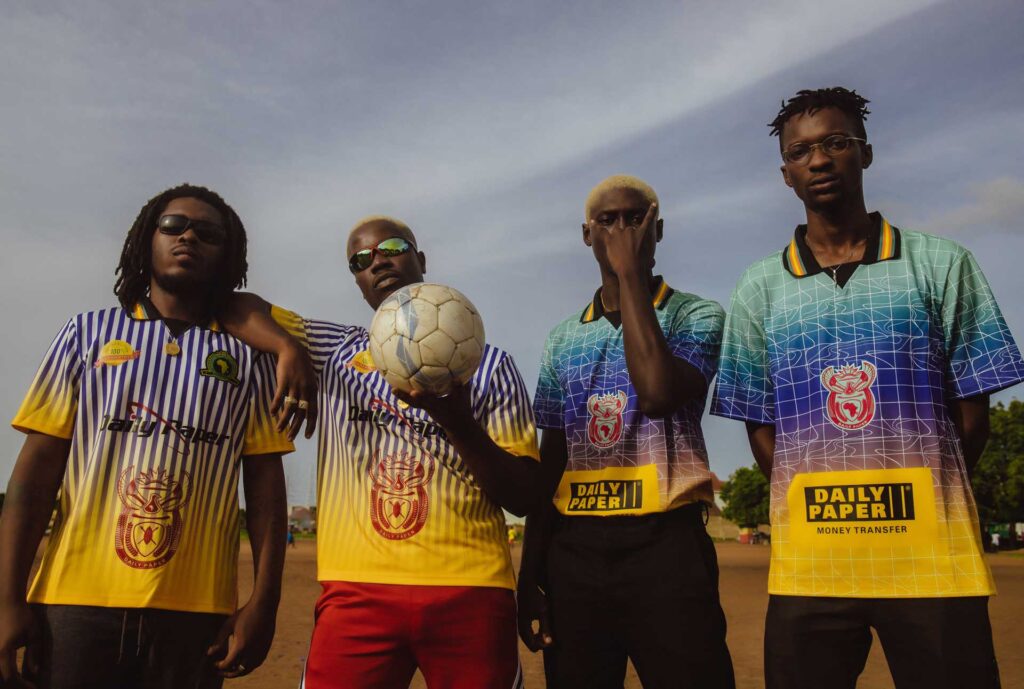
The effects of these groundbreaking moments have manifested revenue-wise. According to a report by Statista, the African fashion industry is expected to show an annual growth rate of 16.46% and is projected to amass $47bn in revenue by 2024. This begs the question: what prompted this and how did it all begin? One can certainly point to the ingenuity and timeless innovation of African designers. There’s also the prominent cultural exchange between the continent and its diaspora as well as the importance of the internet and social media in propelling awareness around African identity. However, an often overlooked aspect of this transcendence is the role of visual storytelling in African fashion.
African visual storytellers have, over time, lent themselves to documenting the ideals behind African narratives in fashion and communicating the thought behind designs. Their work serves as a capsule of sorts transporting viewers into different worlds and moments in time, be it through photography or film. Where the works of photographers Malick Sidibe and James Barnor, give you a glimpse into the past, Namsa Leuba, Daniel Obasi, and Lyra Aoko highlight the present and allude to the future. Films like A Beautiful Struggle by Dafe Obaro and Rebirth is Necessary by Jenn Nkiru give depth, color, and emotion to the consciousness of fashion in relation to the human experience beyond aesthetics.
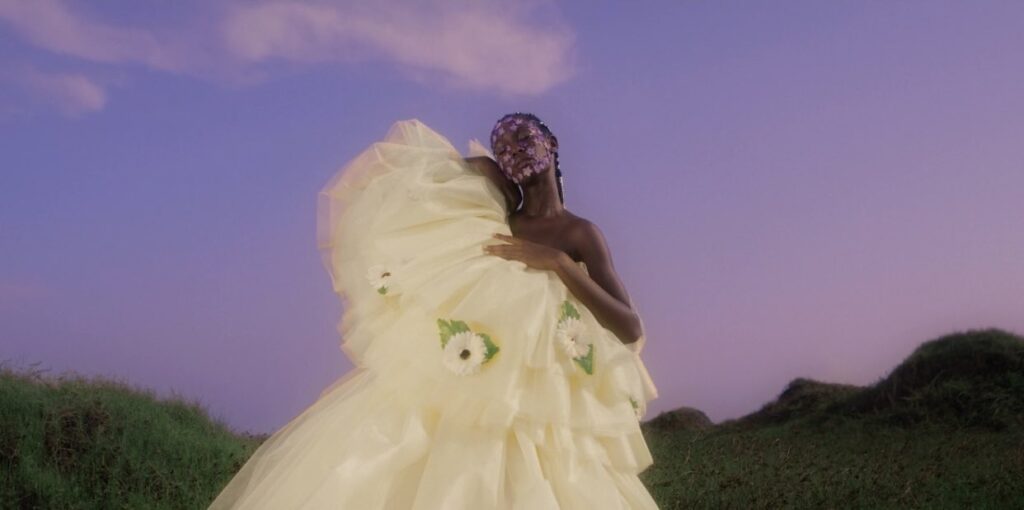
Visual narratives have had significant influence on the African fashion industry in several ways. Fashion film and photography, while moving with the tides of technological advancements, have created avenues for online communities like The Vault Library to amplify the industry. Global awareness for local brands and fashion creatives is also directly impacted by visual presentation.
Noticing the gap in appreciation of visual storytelling, particularly trailblazing African fashion films via specially curated events, Melanin Unscripted in collaboration with Offshore Agency sought to fill it. The result was African Fashion Futures, a two-part event to close out New York Fashion Week featuring a film screening at Stuart Cinema and an after party.
The screening highlighted filmmakers across the continent and diaspora such as Kuukua Eshun (Ghanaian-American), Amarachi Nwosu (Nigerian-American), Sunny Dolat (Kenyan), Anthony Prince (Jamaican-America), Gouled Ahmed (Somalian), Asmaa Jama (Somalian), Noel Kasyoka (Kenyan), and Silva (Kenyan).
At this time, it is difficult to predict with certainty what the future might hold for the industry. However, judging from the present trajectory, it is safe to assume that exciting ventures are ahead for African Fashion Futures.


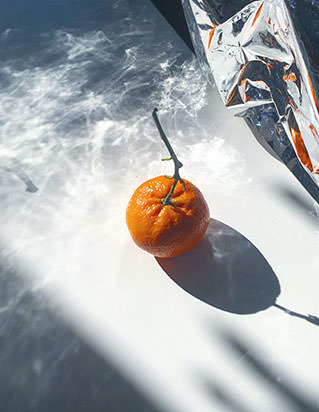
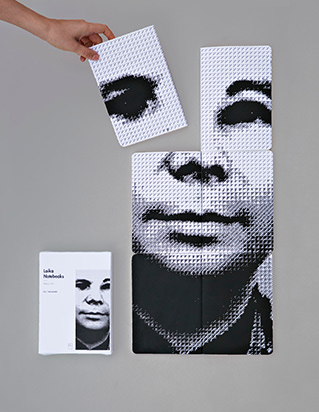

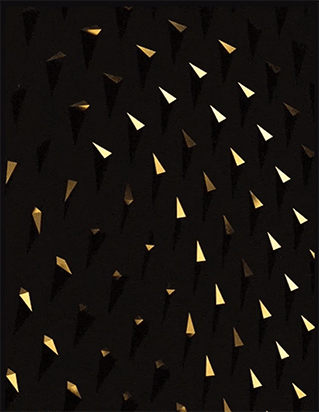
Leave a Reply